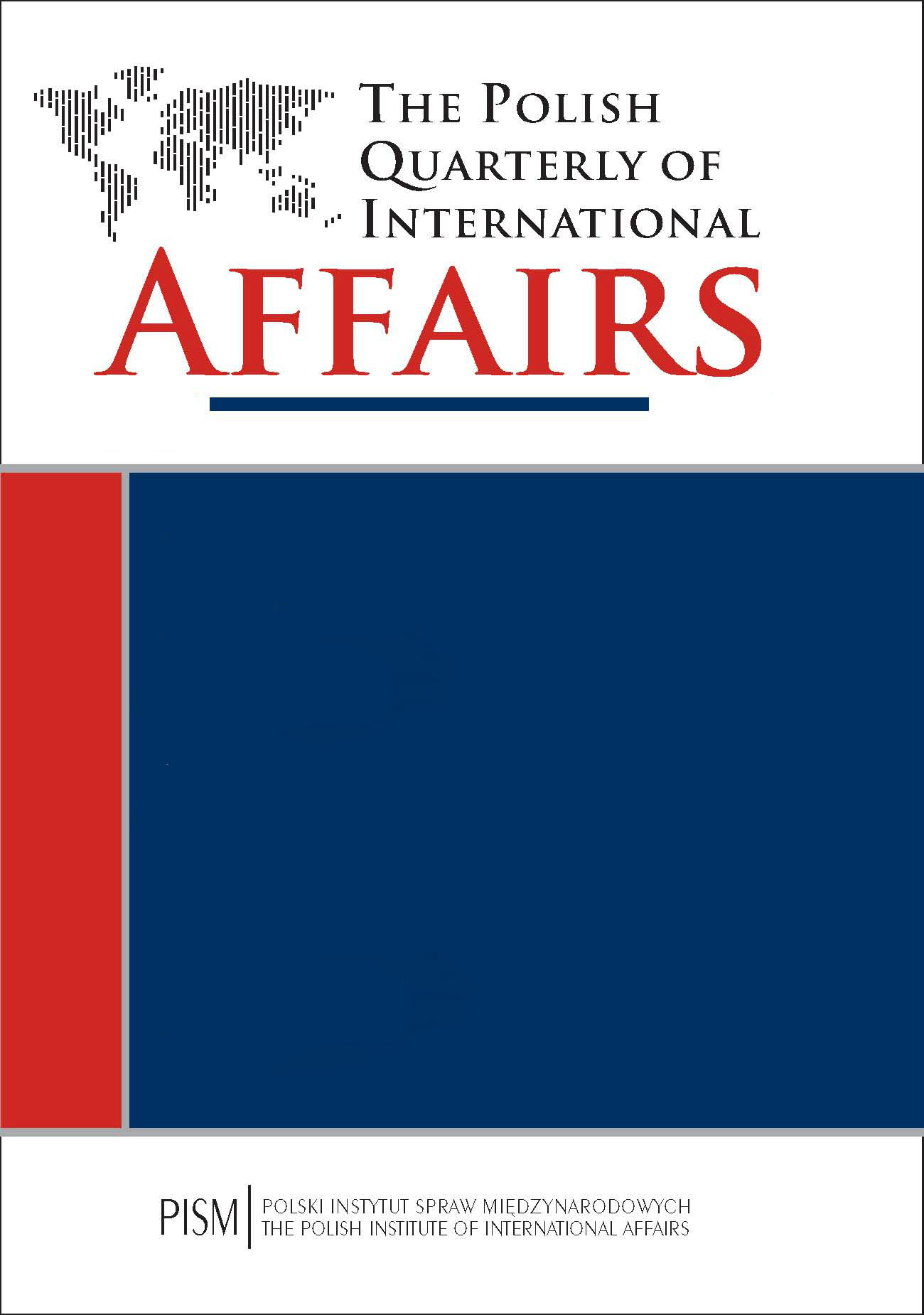The Katyn Massacre as a Crime of Genocide in International Law
The Katyn Massacre as a Crime of Genocide in International Law
Author(s): Karol KarskiSubject(s): Politics / Political Sciences
Published by: PISM Polski Instytut Spraw Międzynarodowych
Keywords: Katyn; Genocide; massacre
Summary/Abstract: On 5 March 1940, six months after the aggression by the Third Reich and the USSR on Poland, the Political Bureau of the All-Union Communist Party (Bolsheviks) [WKP(b)] approved the conclusions of a memo from People’s Commissar for Internal Affairs of the USSR Lavrentiy P. Beria for WKP(b) General Secretary Joseph V. Stalin concerning the elite of the Polish nation held prisoner by the USSR.1 A decision was taken to murder about 25,700 Polish citizens corralled in camps at Kozelsk, Starobilsk and Ostashkov and in numerous prisons. Eventually, no fewer than 21,768 people were exterminated on the strength of this decision2, both military personnel and civilians—landowners, state officials, settlers, fugitives and even secondary school students.3 Contrary to widespread belief, the victims of this crime included, besides soldiers taken prisoner during fighting, civilians and members of the military arrested after the termination of hostilities. The murders themselves—institutionalised and carried out in the name of the Soviet state—were perpetrated between 3 April and 19 May 1940. This carnage, though committed against Poles in many different places, will be known forever to the international community as the Katyn Crime, because Katyn is the site where the first mass graves of the victims were found and because it has come to symbolise all the massacres.
Journal: The Polish Quarterly of International Affairs
- Issue Year: 20/2011
- Issue No: 4
- Page Range: 5-37
- Page Count: 33
- Language: English

